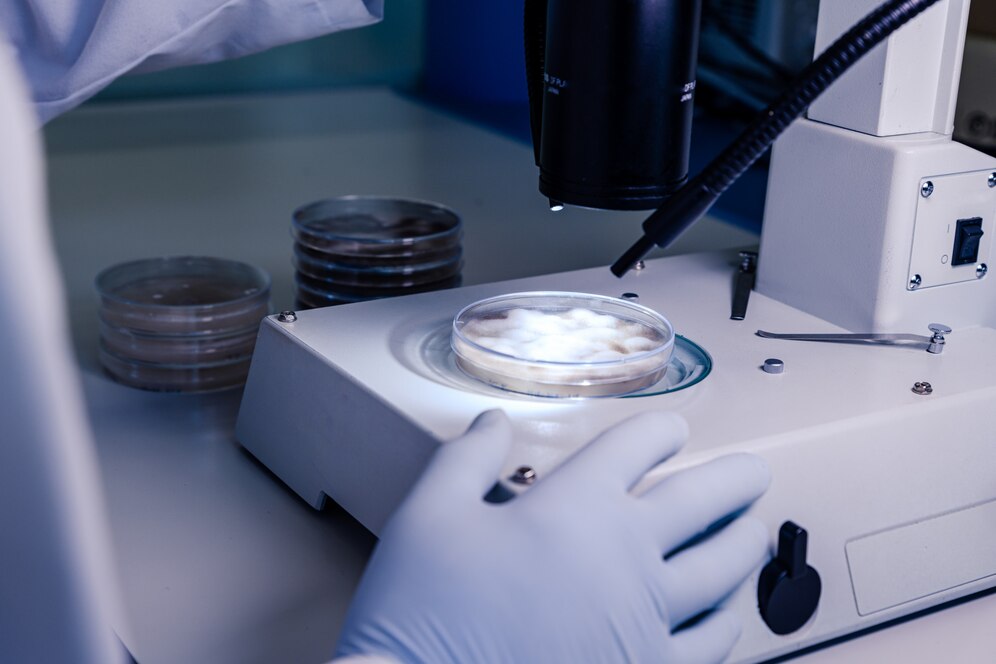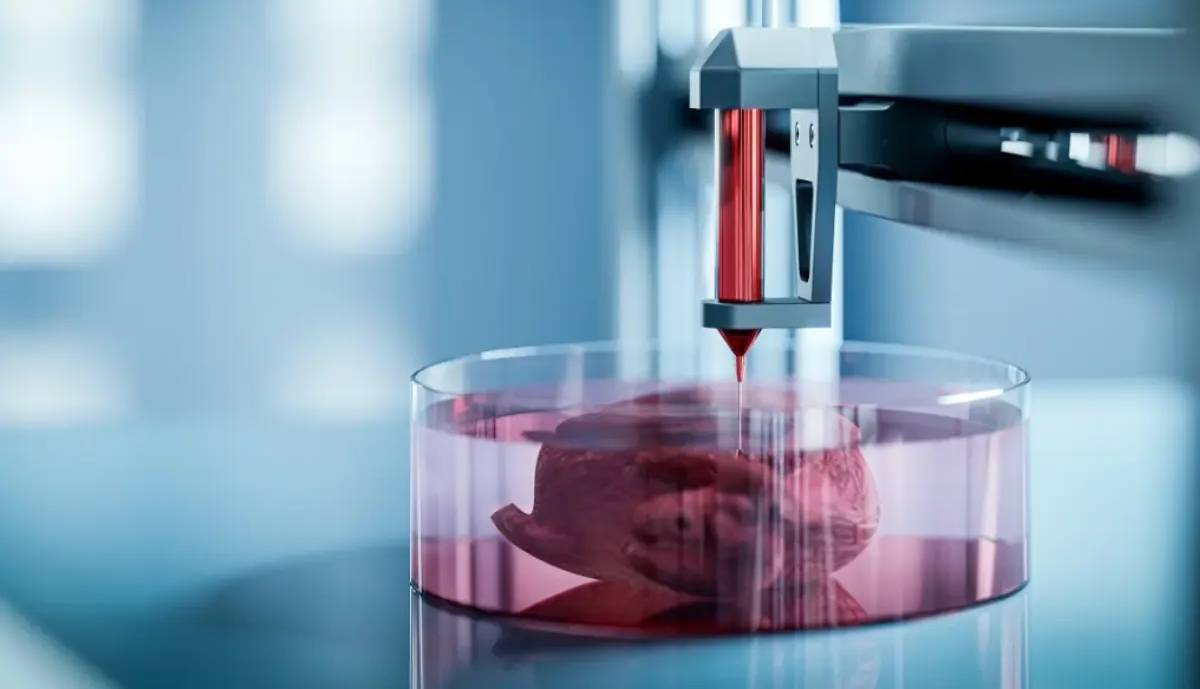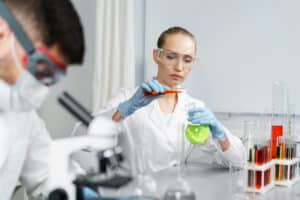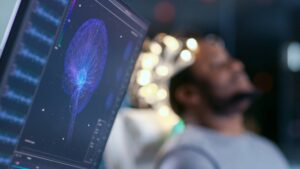The Science Blog

The Future of Lab-Grown Organs: When Will They Be Available?
Recently, synthetic biology and bioengineering have made great strides. This is especially true for lab-grown organs. Biofabrication, regenerative medicine, and tissue engineering can change healthcare. They aim to solve the ongoing shortage of donor organs. The question on everyone’s mind, however, is when lab-grown organs will be available for widespread use.
Lab-grown organs offer an exciting glimpse into the future. Patients won’t have to wait long or worry about organ rejection. This article explores the current research on lab-grown organs, the challenges ahead, and when they might become available.
Key Benefits / Why It Matters
Addressing the Organ Shortage Crisis
The shortage of donor organs is a global issue, with thousands of patients on waiting lists hoping for a life-saving transplant. According to NHS Blood and Transplant, over 6,000 people in the UK are currently waiting for a transplant. Lab-grown organs could help solve this crisis. They can offer a nearly endless supply of organs made for each patient’s needs.
Reducing Organ Rejection
A major challenge in organ transplantation is rejection. This happens when the recipient’s immune system attacks the new organ. Lab-grown organs, created from a patient’s own cells, may cut risks. This could result in better results and transplants that last longer.
Advancing Regenerative Medicine
The development of lab-grown organs is a testament to the progress in regenerative medicine. Scientists want to use the body’s natural healing power. Their goal is to create organs that work as well or even better than natural ones. This could lead to breakthroughs in treating a variety of conditions, from heart disease to liver failure.
Revolutionising Organ Transplantation
Lab-grown organs could boost organ availability. They might also change how transplantation works. Current transplant procedures require extensive immunosuppressive therapy to prevent rejection. However, bioengineered organs could eliminate or significantly reduce this need. This would improve patients’ quality of life. It would lower their dependence on long-term medication and reduce related risks.
Enhancing Medical Research and Drug Testing
Beyond transplantation, lab-grown organs offer unprecedented medical research and pharmaceutical development opportunities. Scientists can use bioengineered organs to test new drugs. This helps them study diseases more accurately and ethically. It also reduces the need for animal testing. As a result, it improves predictions for human treatments.
Step-by-Step Guide / Actionable Insights

Understanding Biofabrication and Tissue Engineering
Biofabrication and tissue engineering are at the heart of lab-grown organs. Biofabrication builds biological products with living cells. Tissue engineering aims to create working tissues and organs. Here’s a step-by-step look at the process:
Step 1: Cell Harvesting
The journey begins with the collection of cells from the patient or a donor. These cells are then cultured in a laboratory setting, where they multiply and form the building blocks for the organ. Induced pluripotent stem cells (iPSCs) are often used, as they can be programmed to develop into various types of tissues.
Step 2: Scaffold Creation
A scaffold provides the structure for the cells to grow and develop into a functional organ. Scientists use advanced materials and 3D printing to make these scaffolds. This helps them mimic the organ’s natural environment. These scaffolds are often biodegradable and designed to dissolve as the new tissue develops.
Step 3: Cell Seeding
Once the scaffold is ready, the cultured cells are seeded onto it. This step is crucial, as it determines how well the cells will integrate and form the desired tissue or organ. Growth factors and signals help cells arrange properly.
Step 4: Bioreactor Cultivation
The seeded scaffold is placed in a bioreactor, a device that provides the optimal conditions for cell growth and development. The bioreactor manages temperature, oxygen levels, and nutrient supply. This helps the cells grow into functional organs. Some advanced bioreactors can simulate mechanical forces. They can mimic the heart’s beating motion to train the tissue.
Step 5: Testing and Validation
Before a lab-grown organ can be transplanted into a patient, it must undergo rigorous testing and validation. We check its functionality, compatibility, and safety. This ensures it meets the standards needed for transplantation. Researchers first conduct preclinical trials with animal models. Then, they move on to human clinical trials.
Additional Expert Tips & Common Mistakes to Avoid

Best Practices in Biofabrication
To achieve success in biofabrication, researchers must adhere to best practices. This involves using top-notch cell sources, improving scaffold design, and carefully managing the bioreactor environment. Working together in fields like material science, biology, and engineering is key to innovation.
Common Mistakes and Misconceptions
A common misconception is that lab-grown organs are a quick fix for the organ shortage crisis. In reality, the process is complex and requires significant time and resources. Additionally, lab-grown organs hold great promise but are not without challenges. The challenges include ensuring long-term functionality and integration with the patient’s body.
Another mistake is ignoring ethical issues. This includes risks like commercial exploitation and genetic modifications. It’s vital to ensure ethical research and fair access to lab-grown organs as they become real.
Advanced Insights / Expert Recommendations
Overcoming Technical Challenges
Despite the progress, several technical challenges remain. One of the most significant hurdles is vascularisation, the process of developing blood vessels within the organ. Without a functional blood supply, lab-grown organs cannot survive or function effectively. Researchers are looking into different methods. They are using growth factors and new scaffold designs to tackle this problem.
Another challenge is long-term stability. Initial lab-grown tissues are promising. However, more research is needed. We must study cellular ageing, immune responses, and possible complications to ensure they work well for a lifetime.
Ethical Considerations
As with any groundbreaking technology, lab-grown organs raise ethical questions. We need to think carefully about several issues. These include where the cells come from, the risks of genetic modification, and what it means to make human organs in a lab. It is crucial to engage with ethicists, policymakers, and the public to navigate these complex issues responsibly.
The Role of AI and Machine Learning
AI and machine learning are being used more and more to improve lab-grown organ development. These technologies can analyse large datasets. They predict how cells behave, improve scaffold designs, and even automate parts of the fabrication process. This integration of AI could accelerate progress and improve the reliability of lab-grown organs.
The Path to a Transplant-Free Future
The future of lab-grown organs is undoubtedly promising. It has the potential to transform healthcare and save countless lives. The path from lab research to clinical use has many challenges to tackle. Investing in research, working together across fields, and considering ethics will be key to unlocking the potential of lab-grown organs.
As we stand on the brink of a new era in regenerative medicine, it is essential to remain patient and optimistic. The road ahead is long, but the rewards are immense. By embracing innovation and perseverance, we can look forward to a future where lab-grown organs are not just a possibility, but a reality.
In the meantime, it is crucial to support ongoing research and raise awareness about the importance of organ donation. Together, we can pave the way for a brighter, healthier future for all.









